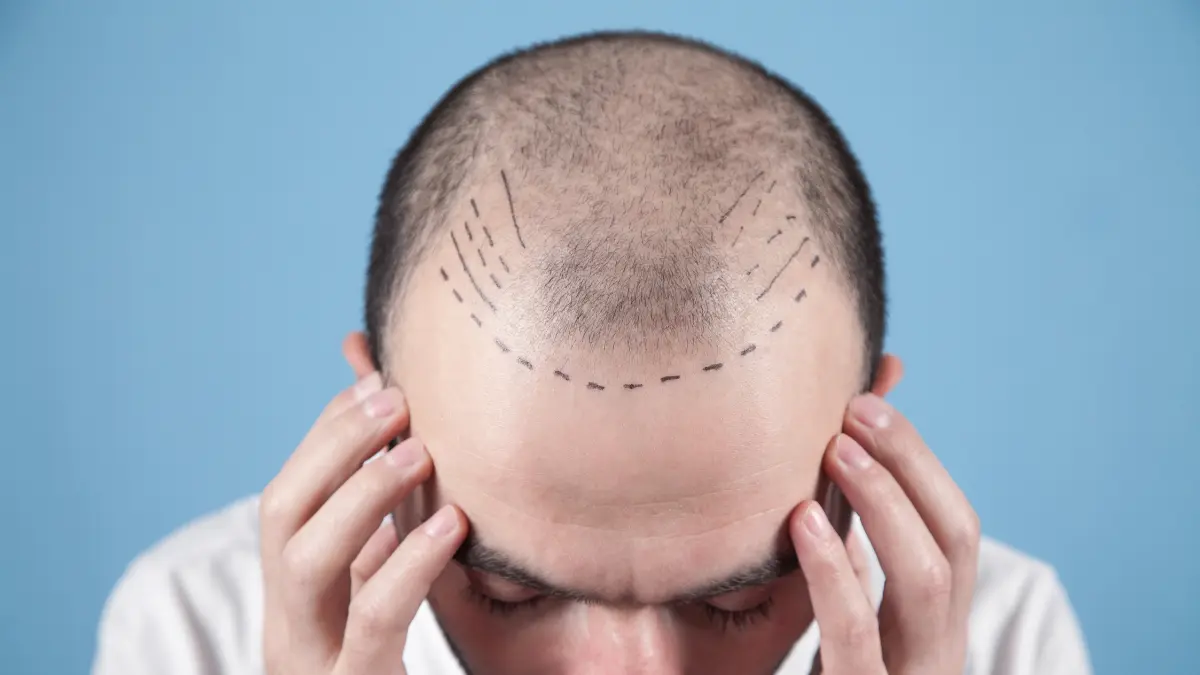
The Silent Struggle of Hair Loss
Hair loss affects millions of men and women globally, cutting across age, gender, and ethnicity. What often starts as a few extra strands on a pillow or comb can quickly evolve into receding hairlines, bald patches, and thinning crowns. This silent but deeply personal struggle has driven many to seek effective, lasting solutions. While shampoos, serums, and supplements flood the market with promises of miraculous regrowth, very few offer noticeable, long-term results. This is where hair transplant emerges—not as a cosmetic luxury but as a medically-backed, permanent remedy.
Understanding the Science Behind It
Hair follicles, once lost due to genetics or hormonal shifts, don't regrow naturally. Over-the-counter treatments may slow down shedding temporarily, but they rarely restore volume. A hair transplant works by relocating healthy hair follicles, typically from the back or sides of the scalp, to bald or thinning areas. These donor follicles are genetically resistant to balding, meaning once implanted, they grow just like normal hair. The technology and precision involved in modern transplants have evolved dramatically, making the process highly refined and minimally invasive.
Follicular Unit Extraction (FUE) and Follicular Unit Transplantation (FUT) are the two primary techniques used. FUE involves harvesting individual follicles one by one, leaving virtually no scarring, whereas FUT involves removing a strip of scalp before dissecting it into grafts. Both techniques have proven success records, and the choice between them depends largely on individual scalp characteristics, hair type, and desired results.
Natural-Looking Results That Last
Perhaps the most compelling advantage of a hair transplant is how natural the results appear. When performed by an experienced surgeon, the implanted hair blends seamlessly with the patient’s existing hairline and texture. The growth pattern, angle of insertion, and density are carefully planned to mimic nature. Unlike wigs or temporary fixes, transplanted hair grows continuously, can be washed and styled, and does not require special maintenance beyond basic hair care.
The transformation is not just physical. Patients often report a significant boost in self-confidence and emotional well-being. They no longer need to hide under hats, avoid mirrors, or skip social events out of embarrassment. Hair restoration offers them a renewed sense of identity and freedom.
What to Expect from the Process
The journey begins with a consultation where the doctor assesses the patient’s hair loss pattern, donor hair availability, and overall scalp health. Pre-surgical planning includes creating a design that enhances facial features and aligns with age-appropriate aesthetics. The procedure itself may take several hours to a full day, depending on the number of grafts being transplanted.
Post-procedure, patients are advised on aftercare to ensure graft survival and healthy regrowth. Mild swelling, scabbing, and temporary shedding are part of the natural healing cycle. Within three to four months, new hair begins to grow, with full results typically visible by 9 to 12 months.
Unlike non-surgical methods, the success of a hair transplant is largely permanent. Once the follicles are settled, they continue to produce hair for years—often for a lifetime. Follow-up sessions may be needed for extensive hair loss, but most patients achieve their desired look with just one or two sessions.
Cost vs. Value: An Investment in Yourself
At first glance, the cost of a hair transplant may seem steep. However, it’s crucial to consider the long-term value. When weighed against the recurring expenses of ineffective products, temporary treatments, and the emotional toll of hair loss, a one-time surgical solution becomes an investment in confidence, appearance, and quality of life.
Prices vary depending on the clinic, location, method used, and number of grafts needed. Many reputable clinics offer financing options or installment plans, making the procedure more accessible to a broader range of people. As demand increases, more trained professionals and advanced technologies continue to drive better results at more competitive prices.
Patients must prioritize skill and credibility over cost-cutting. Choosing a board-certified specialist ensures both safety and the best aesthetic outcomes. Online reviews, before-and-after photos, and verified patient testimonials can help guide the decision-making process.
Myths, Misconceptions, and Modern Realities
Despite growing popularity, myths still cloud the public perception of hair transplants. Some believe it’s painful, risky, or only for celebrities. In reality, modern techniques use local anesthesia, involve minimal discomfort, and require no hospitalization. Recovery is often swift, with most people returning to work within a few days.
Another myth is that transplanted hair doesn’t look real or grows unnaturally. When done properly, it’s virtually impossible to distinguish between transplanted and original hair. Furthermore, today’s treatments are suitable for both men and women, shattering the stereotype that only men undergo hair restoration procedures.
Some also fear visible scarring, especially from older methods. But advancements in FUE and improved FUT techniques have minimized such risks significantly. Modern surgeons use precision tools and artistic judgment to deliver results that not only restore hair but also complement each person’s unique facial features.
Final Thoughts
Hair loss doesn’t have to define your identity or erode your self-esteem. With medical science offering proven solutions, the journey from thinning hair to a full, youthful look is more attainable than ever. Hair transplant procedures have redefined the standards of hair restoration by offering results that are natural, reliable, and permanent.
For those tired of temporary fixes and empty promises, this procedure offers more than just hair—it offers confidence, freedom, and a fresh chapter. The decision may seem daunting at first, but with the right research, professional guidance, and realistic expectations, it can be one of the most rewarding choices a person makes for their appearance and mental well-being.
Comments on “Hair Transplant: The Permanent Solution to Hair Loss and Thinning Hair”